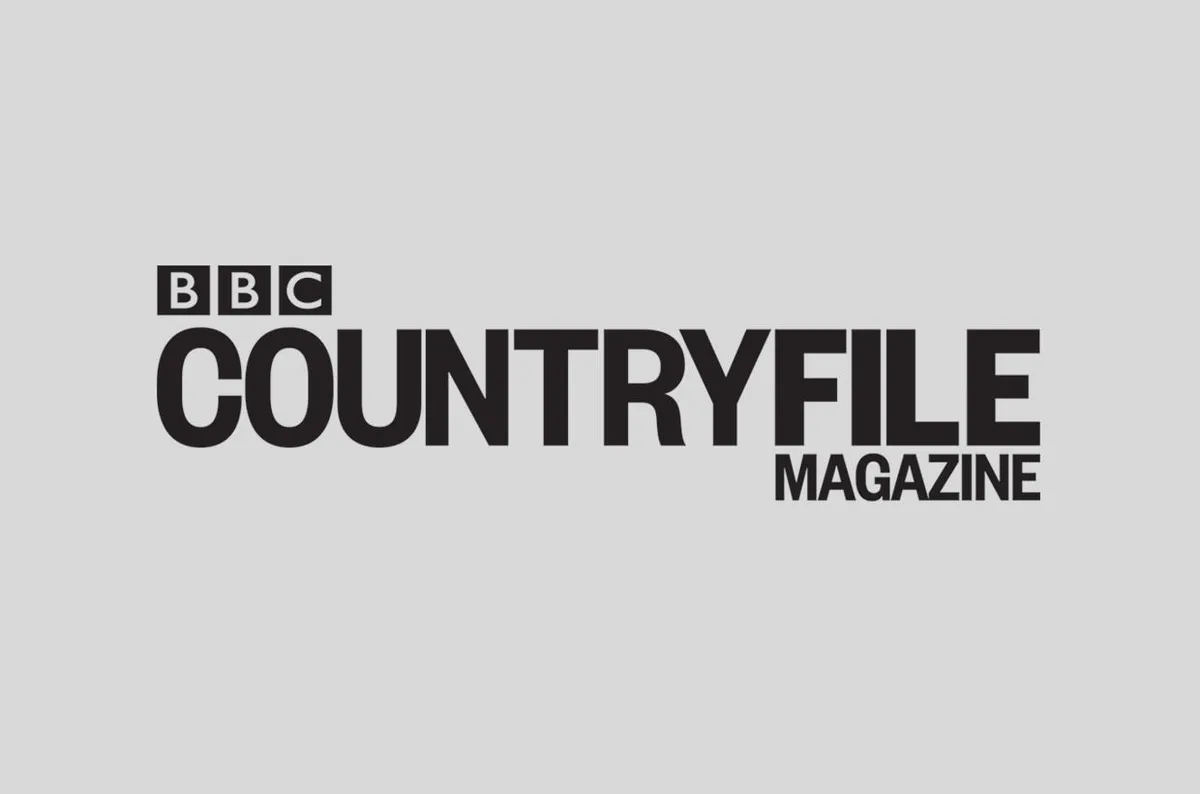
A couple of weeks ago, my wife and I took the kids to our local common to try to increase the local wildlife population by planting wildflowers. It was a mission organised by one of our neighbours. There was food, a quiz and treasure hunt, too, though we were stuck for a while trying to find something sticky to complete our treasure hunt items.
Even though it was very cold and wet, there was still a good turnout of supporting locals, huddled under a flapping gazebo.
Eating butterfly-shaped sandwiches, we discovered that nearly 95 percent of our wildflower meadows have disappeared since the end of the Second World War, hence the need to try to create more wherever possible.
The day was part of the Royal Horticultural Society’s Britain in Bloom campaign (www.rhs.org.uk/gardening/community-gardening/britain-in-bloom) to mark the Queen’s Diamond Jubilee. Our little 10-metre square area was part of an amazing 20,000 square metres that were sown across the country in the Wild About Wildflowers initiative. The seeds were donated by the environment charity Landlife (www.wildflower.co.uk) and included a mix of corn poppy, corn marigold, corn chamomile, corn cockle and cornflower.
Speciality seeds
We then added other seeds that are specific to our area and suitable for the wildlife that we have here – visit the postcode plant database on the Natural History Museum website (www.nhm.ac.uk/nature-online/life/plants-fungi/postcode-plants) to find out which seeds to sow in your neck of the woods. So, in our spot we also sowed some perennial harebells and sheep’s bit, along with a mix including ox-eye daisy, ragged robin, cowslip and feverfew.
All these plants are perfect, as they help to increase the amount of pollinating insects, such as bees, and provide the perfect environment for many species of butterflies, as they provide both nectar for the adults and food for caterpillars. The plan is to allow the grasses to grow tall, providing shelter for all the wildlife there.
The children lined up and threw the seeds on to the lovingly prepared square, which has now become a popular detour as we take Luke, Molly and the dog for walks around the village. The little green shoots popping up have also been a keen topic at the local schools, which will be going on summer bug hunts in the new meadow as part of the National Bug Survey for Buglife.
The day seems to have inspired a lot of locals to create a wildflower area in their own gardens; I know my wife has a box of ‘butterfly mix’ seeds ready to go…

